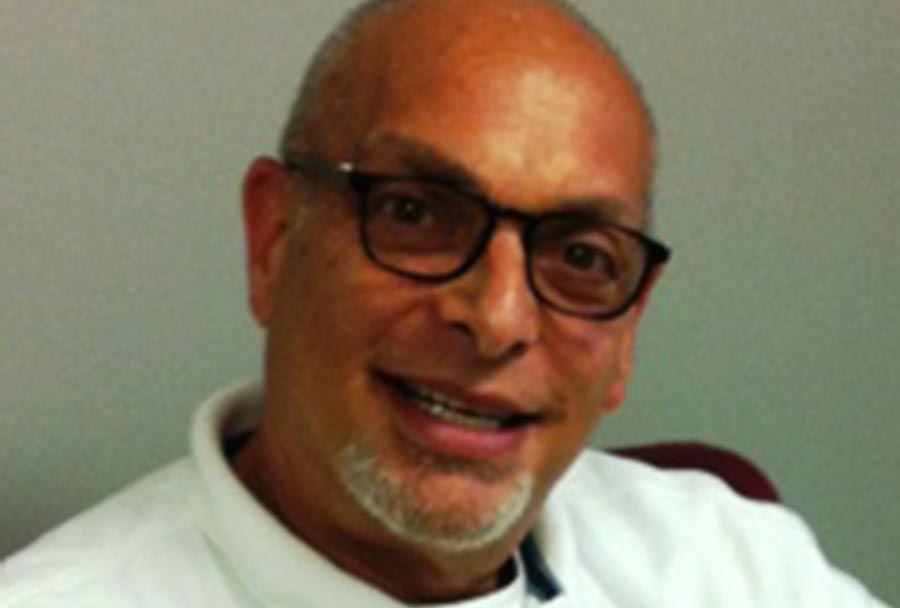Many of us never thought we would grow old as LGBTQ people.
Stigma and discrimination have urged us to stay silent about our sexual orientations and gender identities. Societal expectations have pressured us live in the closet, to marry opposite-sex partners, to conform to strict gender roles and to hide essential parts of what makes us who we are.
When we did come out, many of us were harassed. We faced the threat of violence. Many of us were ostracized by friends and family members. We were legally discriminated against. Our relationships were treated as insignificant. We saw the AIDS crisis decimate our communities, as politicians and those in power turned a blind eye. We’ve mourned countless friends and loved ones, experiencing levels of communal grief that still impact us today.
Yet, here we are: a generation of LGBTQ people aging openly and proudly.
The Baby Boomers have been called the “activist generation” — a generation of people who will not stand for status quo and who are eager to fight injustice. We’ve protested, marched, challenged our politicians. We’ve organized our communities.
So in 2010, the year before the oldest of the Baby Boomers would start turning 65, we were faced with a new cause: the prospect of needing to access services and resources from an aging-services network ill-equipped to deliver services that were welcoming and affirming to LGBTQ people. We had seen our older LGBTQ friends be forced back into the closet in order to access care. We heard the horror stories of LGBTQ discrimination in nursing homes, longterm-care facilities and senior centers.
So we, a group of community members concerned with what the aging-services network would have in store for us, set out to learn more about the experiences, fears and needs of our LGBTQ communities here in Greater Philadelphia. Through tabling events, community outreach and the distribution of surveys through various means, we set out to hear from our community.
What we found wasn’t surprising, but provided quantitative data to add credence to what we had been hearing anecdotally. Our communities were concerned about our physical and mental health as we grew older. We feared losing our support networks and becoming isolated. We doubted if we would be able to find housing that was safe and affordable. And we worried that when the time came that we would need to access care, that the services available would not be sensitive and LGBTQ culturally competent, and would perhaps even be hostile and discriminatory.
With this information in hand, we set about creating an LGBT Elder Summit, bringing together community members, aging-services professionals, LGBTQ community organizations and representatives of local government agencies. More than 120 people gathered at this Summit to develop recommendations focused on addressing the needs of LGBT older adults and the lack of available LGBTQ-inclusive resources.
That summit in 2010 would be the catalyst for the LGBT Elder Initiative, which six years later is thriving as a nonprofit dedicated to ensuring that people of all sexual orientations and gender identities have the rights and opportunities to age successfully. Through community education, training, resource dissemination and advocacy, we have worked to bridge the gap between our LGBTQ older-adult communities and networks of services we rely on.
Since 2010, we’ve seen the landscape changing before our eyes. At the local, state and national levels, there has been great progress. Marriage equality became the law of the land, something many of us never expected to see in our lifetimes. National organizations like AARP and the Alzheimer’s Association formed new LGBTQ initiatives, making a concerted effort to better serve LGBTQ communities.
Here in Philadelphia, we’ve been blessed with the development of the John C. Anderson Apartments, which has become a national model for LGBTQ-friendly senior housing. Senior centers, health-care providers, longterm-care facilities and home-care agencies around the city have started tuning in to becoming more LGBTQ-inclusive.
And yet, we know there is still so much work to do. We need to continue to work to ensure that all providers in aging services and health care have the necessary training to meet the needs of LGBTQ older adults. We need to eliminate the barriers to care that still affect many members of our communities. We need to work with our politicians to ensure the passage and implementation of LGBTQ-inclusive nondiscrimination laws. We need to improve the ways that the aging-services system collects data on sexual orientation and gender identity, so that we are counted when decisions are being made around service delivery.
Let us be grateful for the positive steps in the last six years, but let us remain vigilant in improving the aging-services system we will rely on as we continue to grow older. And let us not rest until all of services are welcoming, affirming and inclusive to all.
In looking back on the last six years, I would be remiss if I did not thank the hundreds of community members, aging-services professionals and supporters who have contributed to the creation and growth of the LGBT Elder Initiatives. The LGBTEI especially recognizes the passion and commitment of Jaci Adams, Gloria Casarez and Ed Bomba, founding board members of the LGBTEI.
Heshie Zinman is a community activist and a founder and current board member of the LGBT Elder Initiative. To learn more about the LGBT Elder Initiative, visit www.lgbtelderinitiative.org, and join us for the 2016 LGBT Elder Summit on Nov. 3.
